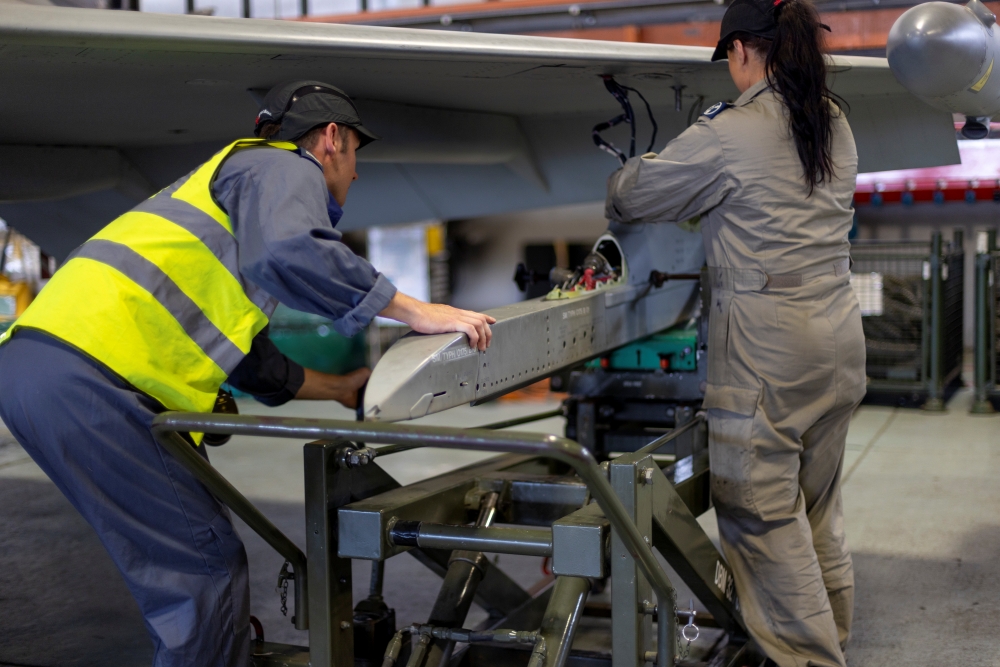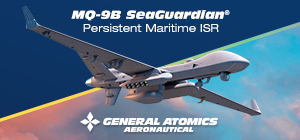
In early August at RAF Coningsby, engineers successfully installed a temporary replacement part for the pylon assembly that connects weapons systems to the TYPHOON's wing. It was an important first for the Eurofighter, a first step towards potentially faster aircraft repairs and reduced downtime.
The component used for the repair was manufactured at the Hilda B. Hewitt Centre for Innovation, by specialists from No 71 Inspection & Repair Squadron and then installed by 29 Sqn engineers. The centre, which is equipped with 3D printing and scanning equipment, allows the RAF to pursue the potential of advanced, additive manufacturing in making maintenance more efficient.
It is to be noted that this is not an all-time first, but one specific to the TYPHOON: the RAF has been investing in 3D printing solutions for some time and had already cleared a few components for use on TORNADO GR4 before the type went out of service. 3D printed functional components, including protective covers for cockpit radios and struts for the air intake door, were first installed on a TORNADO GR4 all the way back in 2014.
In this new milestone with the TYPHOON, Engineers precision-scanned the damaged component and shared the data with both the original manufacturer and 71 Squadron. While the manufacturer developed a permanent replacement, 71 Squadron designed and printed an intermediate solution.
71 (IR) Squadron is part of the RAF Support Force. Its principal roles are to repair damaged structure on UK fixed-wing military aircraft and provide specialist inspection capabilities to RAF aircraft wherever they are deployed. The Squadron also has its own designers, who devise repair solutions in circumstances where conventional fixes may not be effective or available.








.png)
